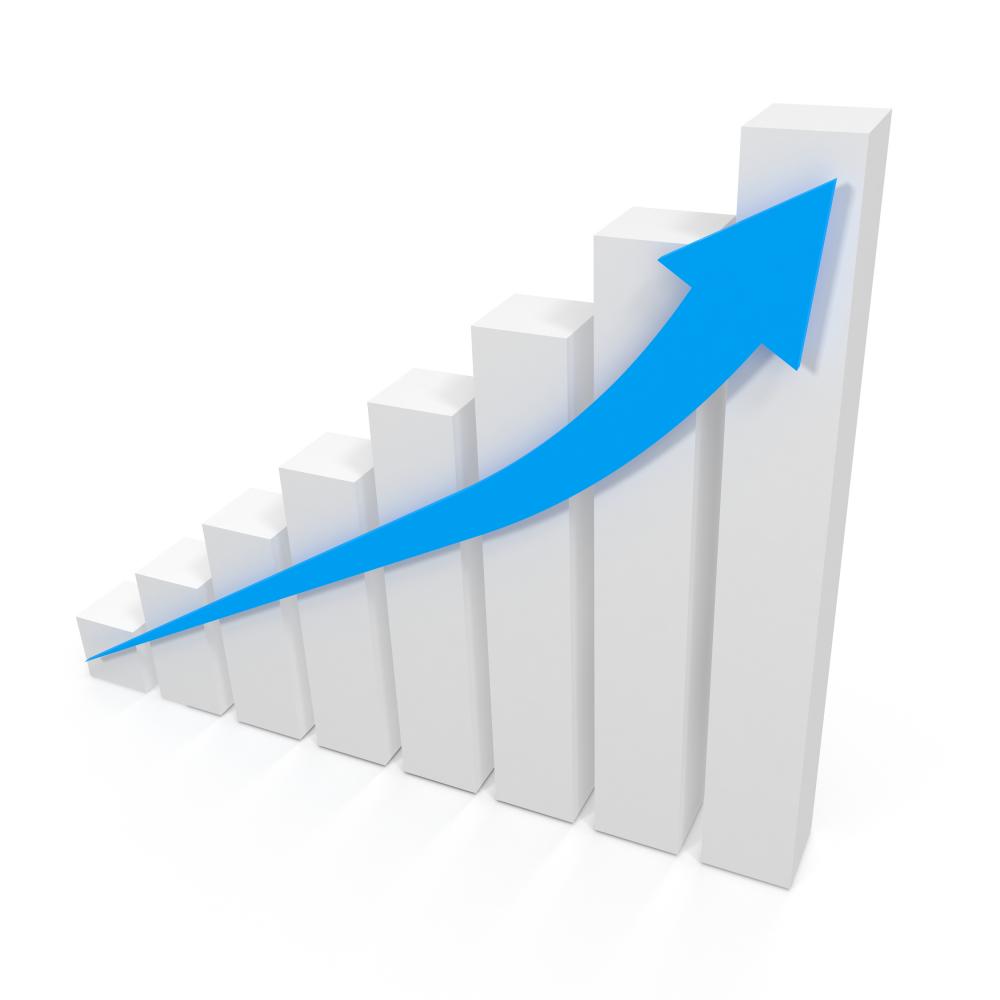How to Measure Domain Rating
Domain rating is a crucial metric for anyone serious about improving their website's search engine visibility. It gauges the strength of a website's backlink profile, which is a significant factor in search engine rankings. When I began exploring SEO two decades ago, domain rating wasn't even a concept. Today, it's a staple of the industry, critical in evaluating the SEO potential of a website.
To measure domain rating effectively, utilize tools like Ahrefs or Moz. These platforms offer detailed insights into your backlink profile, showing the number of backlinks, the diversity of linking domains, and the relative authority of these links.
Begin by analyzing the number of websites linking to your domain. A higher number of referring domains with high authority generally boosts your domain rating. Remember, quality trumps quantity, and links from esteemed websites significantly impact your metrics.
Strategies for Domain Rating Increase
Increasing your domain rating requires a combination of strategy, effort, and patience. Here are a few steps that have stood the test of time:
- Conduct a backlink audit to understand your current link profile.
- Focus on acquiring links from high-authority websites within your niche.
- Create compelling content that naturally attracts links.
- Engage in guest blogging for reputable sites, offering insights in exchange for backlinks.
- Leverage broken link building opportunities to replace dead links with your content.
In my career, I've found that consistently applying these strategies leads to a gradual domain rating increase. But remember, overnight success is rare. A sustained effort in building relationships and producing quality content is the key to long-term success.
Why Is Domain Rating Important?
Domain rating serves as a proxy for your website's perceived trustworthiness and authority in the eyes of search engines. A high domain rating is synonymous with high search engine rankings, increased organic traffic, and greater opportunities for partnerships and collaborations.
Consider the domain rating increase as a reflection of your digital brand's reputation. A higher rating often leads to more business opportunities, both in terms of collaborations and customer trust. Throughout my career, I've witnessed how enhancing domain rating can elevate a brand's market position.
Does a High Domain Rating Guarantee Top Rankings?
No, a high domain rating does not guarantee top search engine rankings. While it's a significant factor, search engines consider numerous elements, including content relevance, user experience, and mobile optimization. I've learned that a balanced approach, focusing on all ranking factors, is essential.
That said, a domain rating increase often signifies a well-rounded SEO strategy, as it indicates robust link building and a strong online presence. Use your domain rating as a benchmark but continue optimizing on-page elements and delivering excellent user experiences.
What Qualifies as a Domain Rating Increase Emergency?
A domain rating increase emergency typically occurs when your domain rating drops suddenly or your competitors significantly outpace you. Identifying the cause swiftly is crucial to restoring your site's authority.
Start by checking for any lost backlinks and analyzing recent changes in your backlink profile. Occasionally, algorithm updates or a spike in newly discovered toxic links may be the culprit. Act quickly to address these issues and engage in strategic outreach to reclaim lost ground.
Real-World Example
Once, I worked with a mid-sized e-commerce business that struggled with a plateauing domain rating. By implementing a strategic link-building campaign focused on industry publications and popular blogs, we achieved a domain rating increase of 15 points within 10 months. This increase correlated with a 30% rise in organic traffic and a 25% boost in online sales.
This experience taught me the power of a targeted strategy and the importance of continuous monitoring and adaptation in SEO efforts. Small, consistent improvements over time can lead to substantial outcomes, both for domain rating and overall business success.
Understanding Domain Rating
What are the main components of domain rating, and how do they work together to influence your website's authority?
Domain Rating (DR) is essentially a composite score that gauges the strength of a website's backlink profile. Imagine it as the culmination of your website's reputation among the other sites linking to it. Key components include the number of unique domains linking back, their authority, and the quality of those links. Essentially, DR represents a vote of confidence in your site's content and reliability. Think of it as how Google might view your website's credibility based on who's vouching for it. If quality sites link to you, it signals trustworthiness, boosting your DR. This, in turn, not only enhances your search visibility but also opens doors to business opportunities. It's like receiving endorsements from industry leaders which can amplify your brand's reach and credibility. Exploration of your DR should prompt a critical question: Who's linking to you, and what does it say about your online reputation?
Are there any common misconceptions about the significance of a domain rating increase?
One common misconception is that a high domain rating guarantees top search engine rankings. However, while DR is a crucial factor, it's not the sole determinant of search rankings. Search engines consider multiple elements such as content relevance, user experience, and mobile optimization. High DR indicates strong backlinks but doesn't necessarily mean your content aligns perfectly with search intent. A more holistic view involves balancing DR with on-page SEO and content strategies. It's like focusing on just the exterior of a house without ensuring the interiors match the needs of its occupants. Let's not forget that a site's usability and the value it offers to its audience are also paramount. The next time you delve into your DR score, consider how it fits into the broader picture of your SEO efforts and user satisfaction.
How can businesses ensure sustainable progress when aiming for an increase in domain rating, and what pitfalls should they avoid?
To ensure sustainable progress, businesses should focus on building a diverse and high-quality backlink portfolio. It's crucial to avoid shortcuts like purchasing links, which can result in penalties. Instead, aim for organic growth through strategies like guest blogging and creating link-worthy content. Think of it as nurturing a garden - it requires consistent care rather than a quick fix. A personal story I recall involves a client who initially opted for paid links that seemed to offer immediate gains. This backfired, as algorithm updates penalized such tactics, leading to a dramatic drop in their DR and search rankings. Fostering genuine industry relationships and contributing valuable content has since turned their trajectory around. It's essential to ask: Are your strategies laying a solid foundation for your website's long-term SEO health?
What role does the URL Rating (UR) play alongside domain rating in assessing a website's overall authority?
URL Rating (UR) measures the link profile strength of an individual page, much like how Domain Rating measures the entire website. UR provides insights into the authority and likelihood of ranking for specific pages on your site. It's akin to analyzing the impact of individual players in a sports team rather than the team as a whole. A balanced DR and UR profile ensures not only wider domain authority but also focuses on individual page performance. For instance, an ecommerce site might have a high DR but needs high UR for its product pages to convert visits into sales. In essence, both metrics together offer a comprehensive view, prompting businesses to ask: Are you optimizing both your domain and pages for the best potential SEO outcomes?
What are some effective methods to recover from a sudden drop in domain rating, especially if it's due to lost backlinks?
Recovering from a sudden drop in domain rating involves first identifying and analyzing the cause. If it's due to lost backlinks, consider re-engaging with those websites to restore links. Implement a defensive strategy by conducting regular backlink audits and staying informed about linking sites' health. Take a proactive stance by continuously building new quality links. I recall working with a client who faced such a drop; swift action to identify lost links, combined with outreach and new link-building measures, helped them not only recover but exceed their previous DR levels. It's crucial to have a crisis plan in place, enabling quick response to these situations. A pertinent question: Do you have mechanisms to routinely monitor and maintain the health of your backlink profile?
How do algorithm updates affect domain rating and what strategies can help maintain a stable rating?
Algorithm updates can impact domain rating as they often alter the valuation of backlinks. These changes can affect which links are considered valuable or spammy. Keeping a stable rating requires a commitment to ethical SEO practices, like focusing on content quality and earning links naturally. Prioritize staying updated with industry changes, just as a financial advisor would follow market trends. A notable strategy is diversifying your link sources; think of it as hedging your bets in an investment portfolio, safeguarding against major shifts. When faced with an update's impact, ask yourself: How adaptable is your current SEO strategy to the dynamic nature of search engine algorithms?
Can you share a real-world example where a strategic domain rating increase led to tangible business outcomes?
Absolutely. I once assisted an online retailer whose domain rating had plateaued. By focusing on high-quality link-building through industry-specific publications and influential blogs, their DR improved by 15 points over ten months. This hike was directly proportional to a 30% increase in organic traffic and a 25% boost in sales. It was a classic case of how targeted strategy translates DR improvements into business success. Their journey was a testament to consistency and patience in SEO efforts. A curiosity to ponder: How might an increase in your domain rating unlock new opportunities or growth avenues for your business?
In what scenarios could a rapid domain rating increase potentially signal a risk to your website?
While a rapid increase in domain rating usually means success, it can sometimes indicate unnatural link-building methods or manipulative SEO tactics. If the growth isn't supported by substantial and relevant content improvements, there's a risk of penalties during algorithm updates. Reflect on a scenario where a company's drastic DR jump later resulted in a ranking drop post-algorithm update due to scrutiny of low-quality links. When you notice unusually rapid changes in DR, it's crucial to introspect: Is this growth genuinely sustainable, or does it mask potential vulnerabilities?

